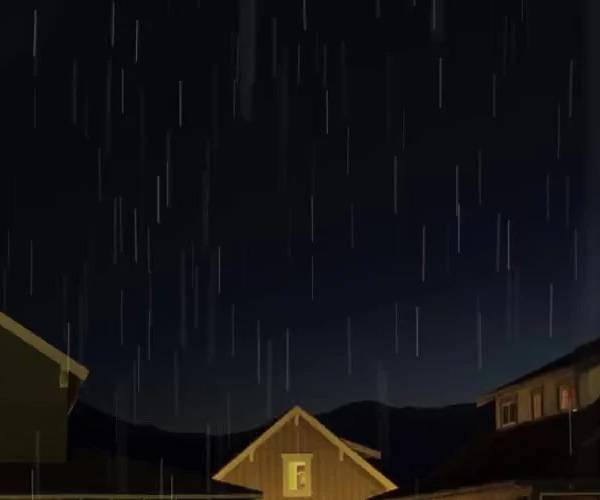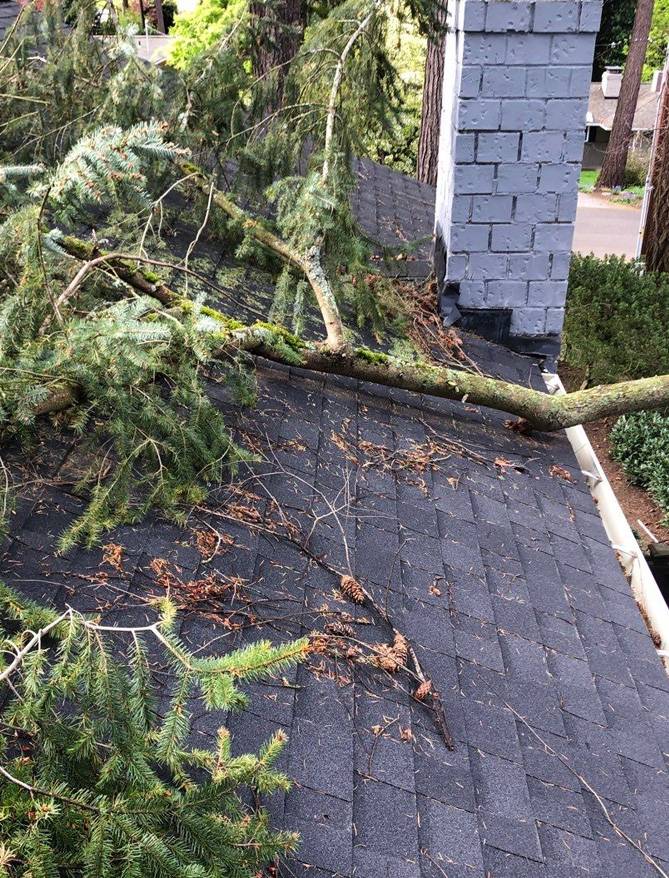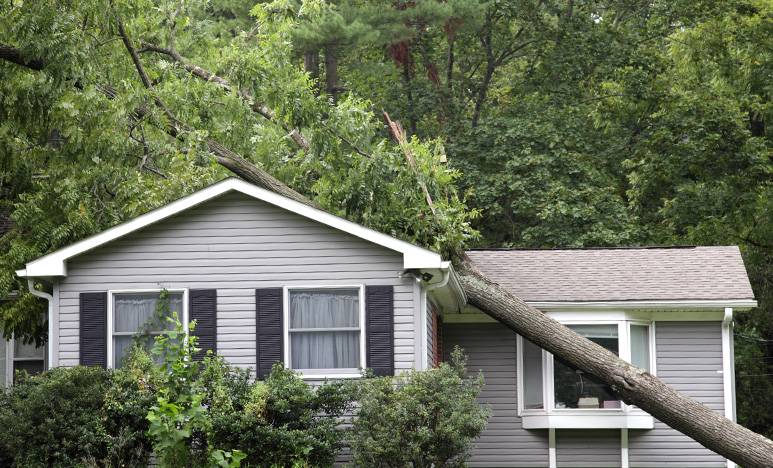Storm Damage Roof RepairIn Seattle, WA
Roof storm damage caused by heavy wind, heavy rain, ice, and snow is common for homes in Seattle and throughout the Puget Sound region. Whether your roof is missing shingles, has cracks or holes, or any other storm damage, the roofers at Valentine can fix it. If you live in the Seattle or Puget Sound area, contact us to schedule a roof inspection. If you need an emergency roof repair, call us (206-766-3464).






